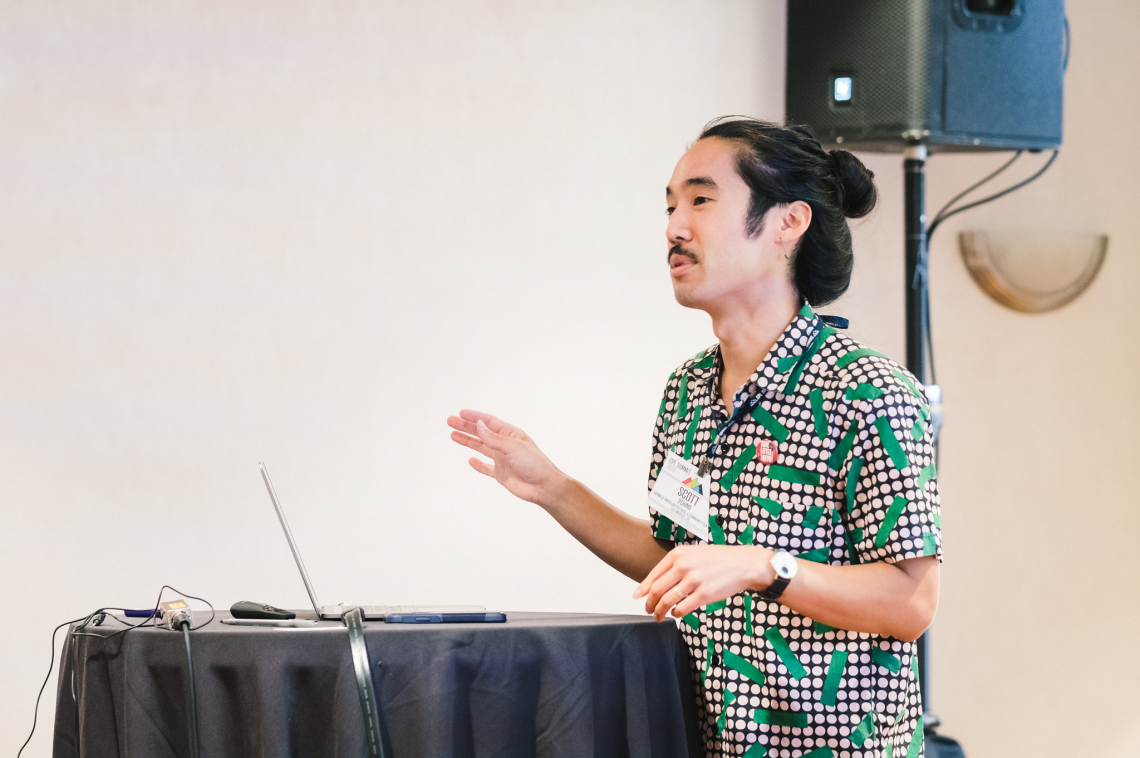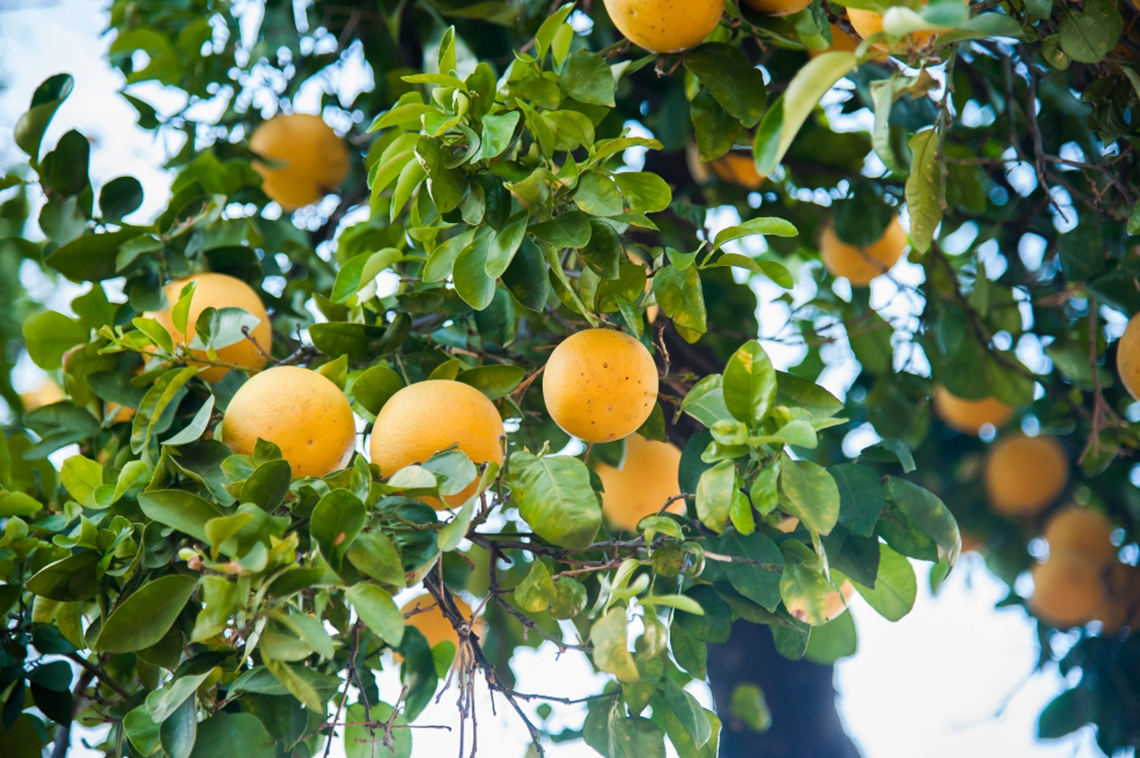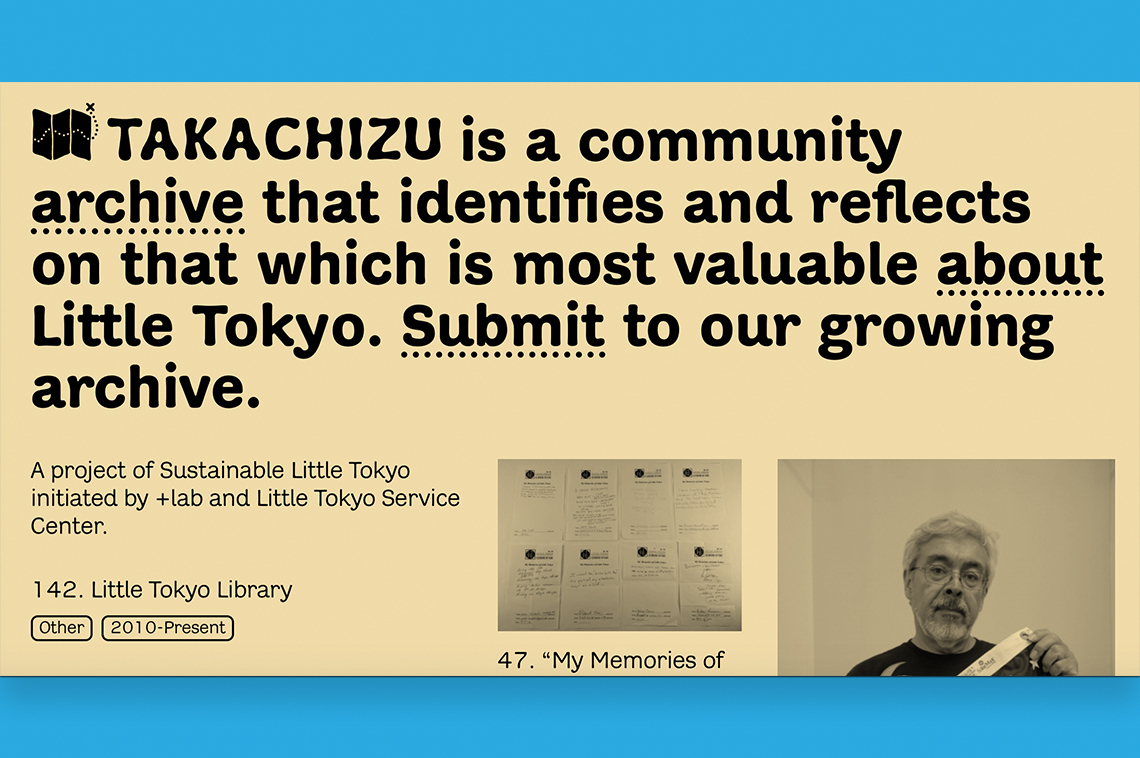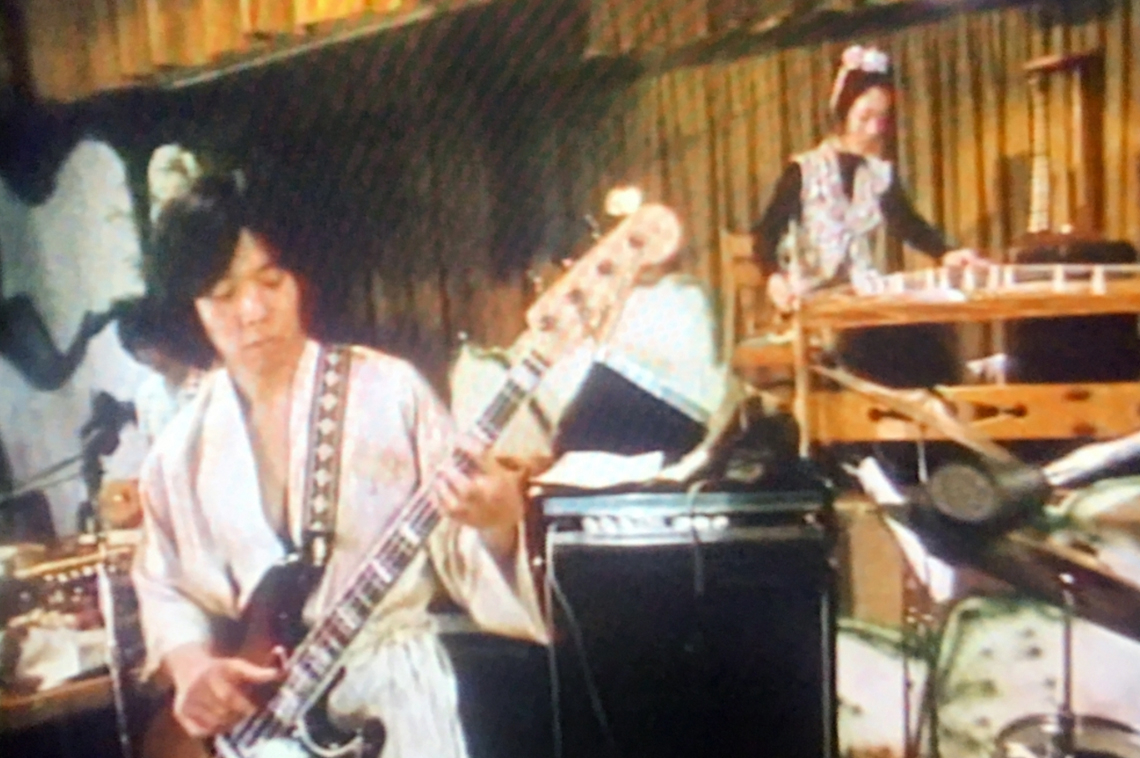



“When you dig into any community organizing, any anti-displacement work, any creative placemaking or placekeeping work, you’ll find parties as a part of it.” —Scott Oshima, Japanese American Cultural and Community Center
While the Beastie Boys’ hit “(You Gotta) Fight for Your Right (To Party!)” was a tongue-in-cheek anthem about teenagers wanting to skip school and smoke cigarettes, fighting for the right to party is serious work for creative placemaking practitioners striving to protect unique cultures and places. After all, how we have fun is a direct manifestation of who we are. The ability of communities to “party” in their own way is a litmus test of their overall health, cohesion, and agency.
Summer—the season for block parties, neighborhood barbeques, and outdoor movie screenings—was an apt time for Andrea Orlando of the National Consortium for Creative Placemaking to interview Scott Oshima of the Japanese American Cultural and Community Center (JACCC) for a CreativePlace podcast. As the introduction to the episode, recorded last month, puts it: “Although this conversation is about a specific neighborhood, we go deep on why arts and culture remind community activists what they are fighting for in the first place.”
Among the many insights Oshima offered about JACCC’s creative work to safeguard Los Angeles’ historic Little Tokyo neighborhood amid continuing waves of displacement and threats of cultural erasure, they said:
We need to build a movement and support, so we do a lot of different creative projects and programs so that people learn about what’s happening in Little Tokyo generally, but also learn about specific fights for specific land…
[We] came up with creative projects that support and uplift the arts and culture of our community… that bring our community together, just to have fun, and have a reminder of what we’re fighting for, because art is often an expression of culture, and it makes tangible what actually makes a community. And of course it builds awareness about displacement, about gentrification, about the need to control land in the neighborhood, and our dreams for the future of the community.
What are some of these “just for fun” projects that bring residents together, express Little Tokyo’s culture, and raise awareness about displacement? Our favorites include:
- “The 1884,” a cocktail made with juice from the fruits of a 150-year-old grapefruit tree that the community successfully fought to preserve during redevelopment in the 1980s, served exclusively at local bar Wolf & Crane.
- Takachizu treasure hunts (aka cultural asset mapping), in which community members identified what matters to them about their neighborhood, from buildings to gardens to cultural clubs to their memories of local businesses long ago shuttered.
- Hosting six nights of Asian AF, the hit bicoastal Asian American variety show, during the JACCC Comedy Comedy Festival.
Because many of JACCC’s goals focus on long-term land use wins and built spaces yet to be constructed, they also take care to celebrate smaller victories and good times along the way:
That is part of the joy of arts and culture and working with artists. Sometimes the win is just: people came out and danced in a circle with us. …
It’s about the meaningful experience of being together and dancing and listening to music and meeting one another. … That is a big success when we are faced with so many different community issues constantly—those reminders of what matters and what we’re fighting for are what will keep us going.
***
+ Hear Andrea Orlando’s entire interview with Scott Oshima on CreativePlace.
+ Listen to other interviews in the CreativePlace podcast series.
+ Learn more about the Japanese American Cultural and Community Center.
+ Will you be anywhere near Cincinnati or Phoenix this fall? The National Consortium for Creative Placemaking will host their last Regional Summit of 2019 in Ohio in October, and their 2019 National Summit in Arizona in November.





